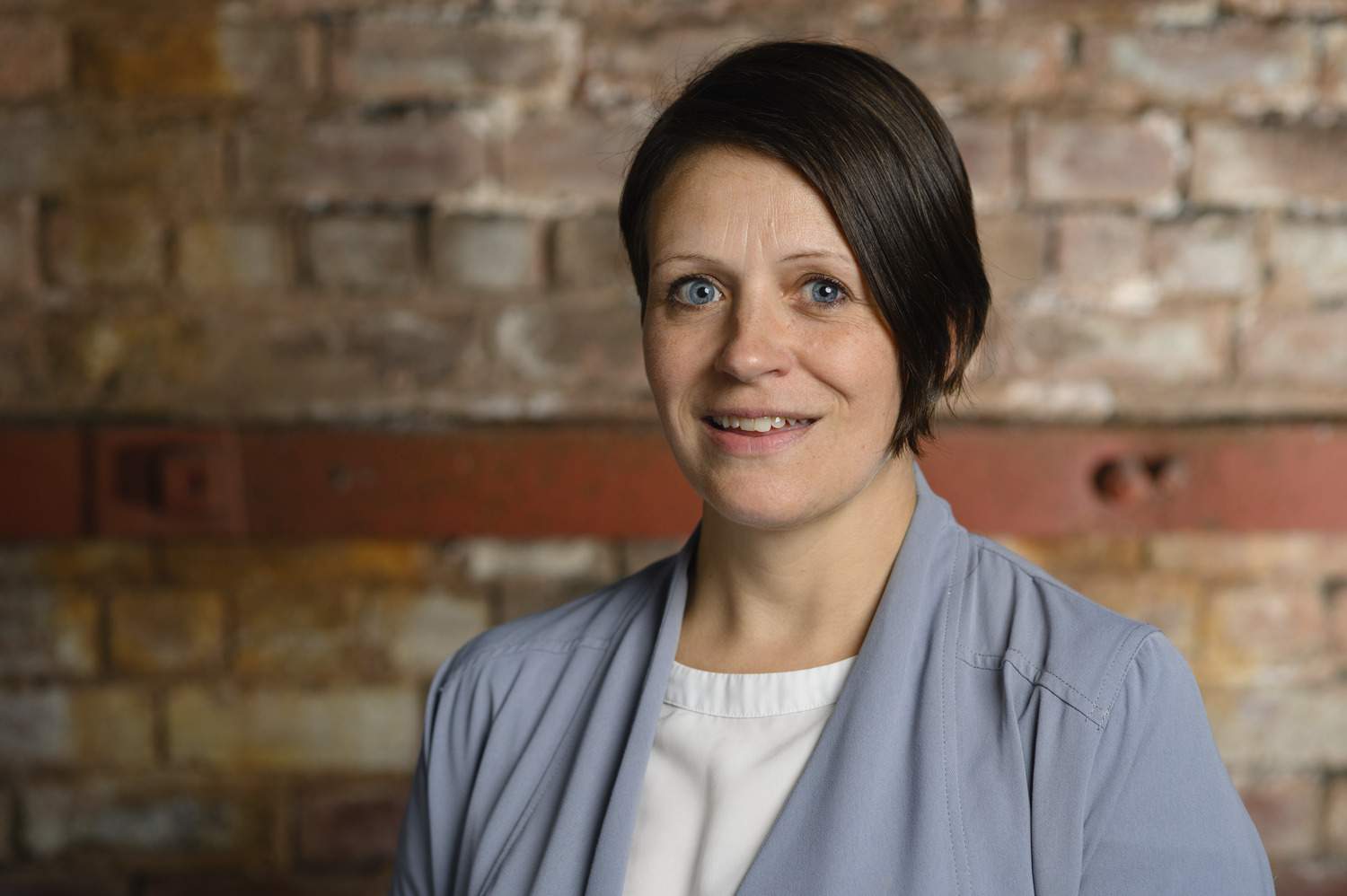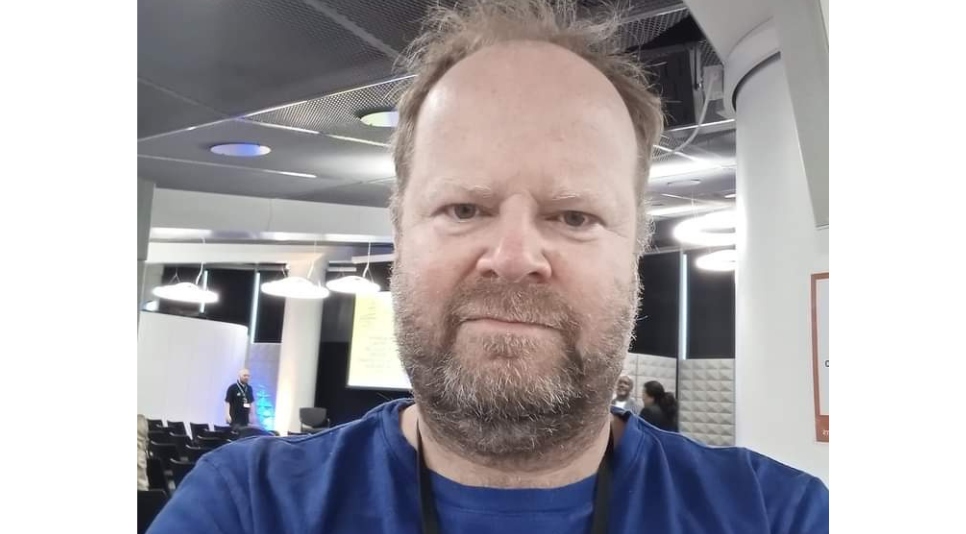“It’s about laying a good foundation,” says Mel Jacobsen Cox. An architect talking about foundations is not unexpected, only we’re talking about relationships. Mel is describing the preconstruction phase of a big project: the consultation time; the engagement time; the thinking time, and the designing time; finding out what everyone actually wants, and what everyone needs.
Mel is head of Healthcare at HLM Architects, “An employee-owned architectural practice with a proud 58-year history of producing places and spaces that improve people’s lives. With a design philosophy that puts people at its centre,” according to a quick dive into Linkedin.
Scratch below the surface
“The engagement aspect is not at all dissimilar to what you do in terms of your communities,” says Mel to C2. “You have to really scratch below the surface.”
And that doesn’t happen overnight. “You create sustainable communities when you do that proper engagement. Whereas, for me, I create sustainable buildings. I create a building that’s going to stick around and be used properly because it meets the purpose of what it was designed for.”
Heritage
Mel comes from three generations of construction and designers. Her grandfather was a contractor design engineer, who had his own design and build company in Glasgow. Her father is an architect in the public and private sector in and around Glasgow, her brother’s a chartered surveyor. It was almost inevitable that she ended up in that realm. And it’s a wonderful resource to draw on.
“I did try to be an engineer, because my dad said, don’t be an architect,” says Mel. “But I did some work experience in civil engineering, and they made me look at manholes for a week! So I’d said no, I’m not doing that!”
She was ideally set up for the route to architecture. At school, she did well at the combo of English, Maths and Art.
Problem solving
“You need to be able to write, communicate and articulate your thoughts,” she says, and the Maths just adds to that solution-finding. She needs all of those skills to traverse the constraints of being a healthcare architect. “It’s not glamorous,” she says. “It’s all about problem solving.”
Despite the lack of glamour and front pages on industry mags, “It’s incredibly rewarding, very impactful, and you know that you’re making a difference,” she says. “Healthcare architects always strive for that quality, but quality comes at a price. We’re always mindful that the budget needs to be spent primarily in creating a safe environment for the patients and the staff.”
Improving experiences
Part of the responsibility is making the patient’s visit to hospital or medical facility more enjoyable, more reassuring and less stressful. And you’re improving the quality of staff experiences and staff working conditions. “That’s an area that’s hugely been undervalued,” she says.
Historically, the patient journey has been prioritised, but, especially now with NHS morale being so low, it’s important to invest in the working environment, and where people can go and have their rest breaks. But to get there takes some deep listening. And there’s real granulation in the detail that you’ve got to really delve into that – even down to the way a door swings.
“It’s about listening to people”
“It’s about listening to people,” says Mel. “What their aspirations are, how they do it, where the challenges are. Helping them identify the challenges and then also provide the solutions.”
Getting the balance between the requirements of the patients and of staff is the main issue. Staff space is often sacrificed for extra patient services.
“It’s a real sweet spot. And it’s a really hard one to get right. The biggest challenge that we face is allowing room for service expansion that doesn’t come at the cost of the clinical staff,” says Mel.
All of that is to build spaces that inspire all-round wellness.
All-round wellness
“We know that if you create a room that has good views, nice artwork, good interior design, that people do recover better, they feel better, more quickly. And again, that starts to alleviate that sort of backlog pressure on people in beds in hospitals.”
Planning can mitigate against issues, but ultimately you can’t predict human behaviour.
“As long as you’re providing adaptable, flexible spaces, humans have an amazing way of finding out what works best for them,” says Mel.
And the advice she would share?
“As soon as you think you know everything, that’s the very moment you need to dig deep, and do a bit more research. Because inevitably, something will pull the carpet from underneath your feet.”
That striving might be why Mel is dedicated to continuous development, is always learning and is ready to face challenges.
Face challenges
“I left public sector practice and did my own practice for a few years. Then I came back in, and at that stage I was a single mom and it was a real challenge. But I think it’s also my biggest victory. I wasn’t sure whether I was as valuable as a person because I felt constrained by my situation. I had a really good mentor, and I overcame that.
“What you think is a challenge, actually, you overcome it and it becomes a huge springboard for the rest of your life.”


